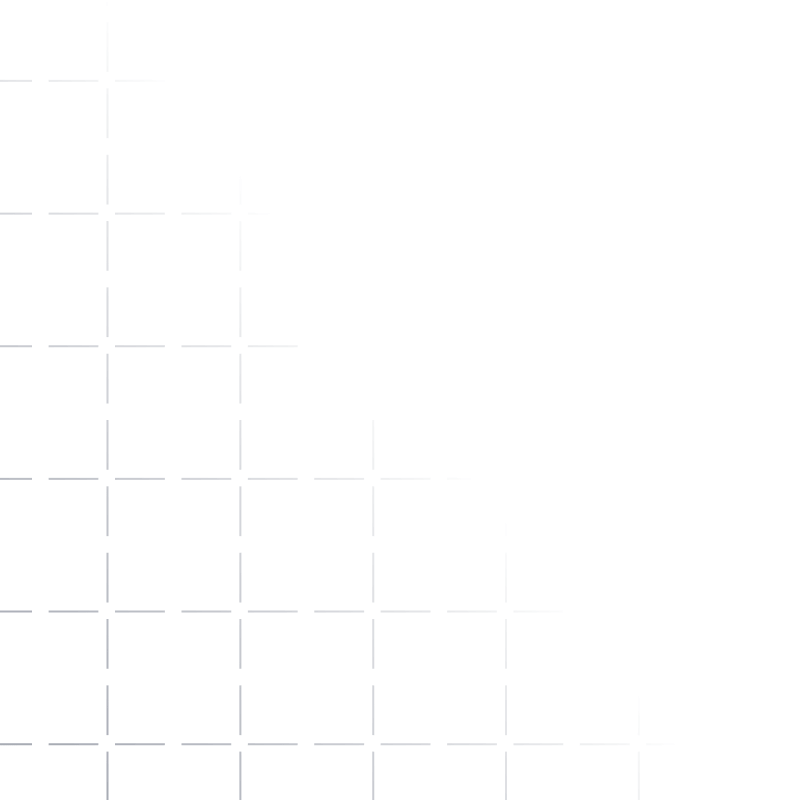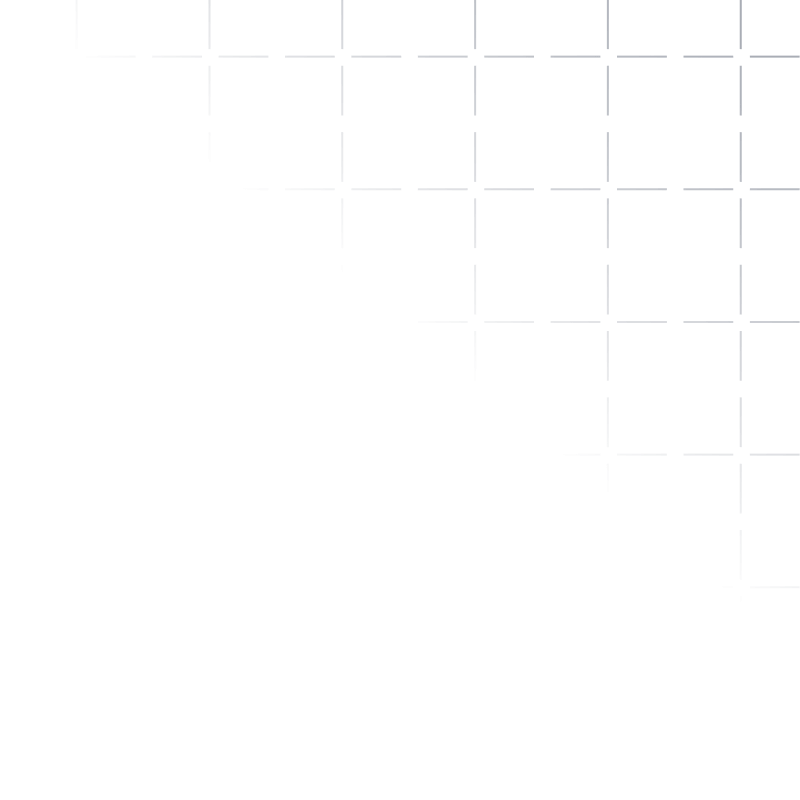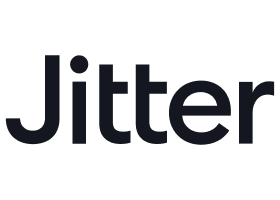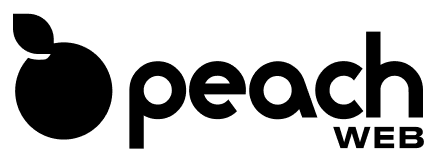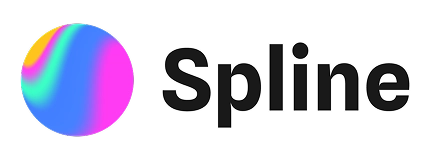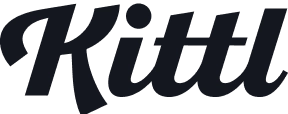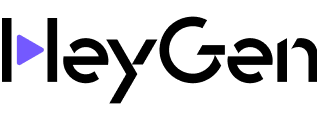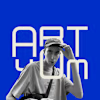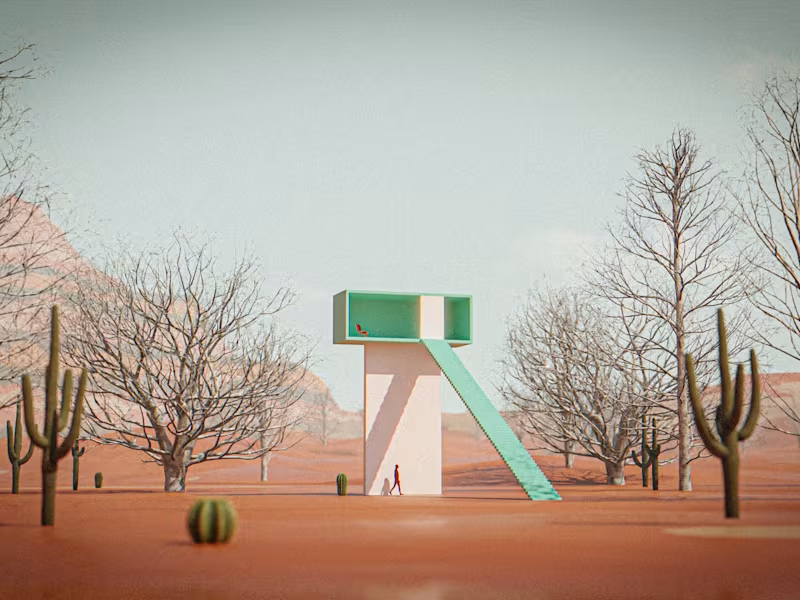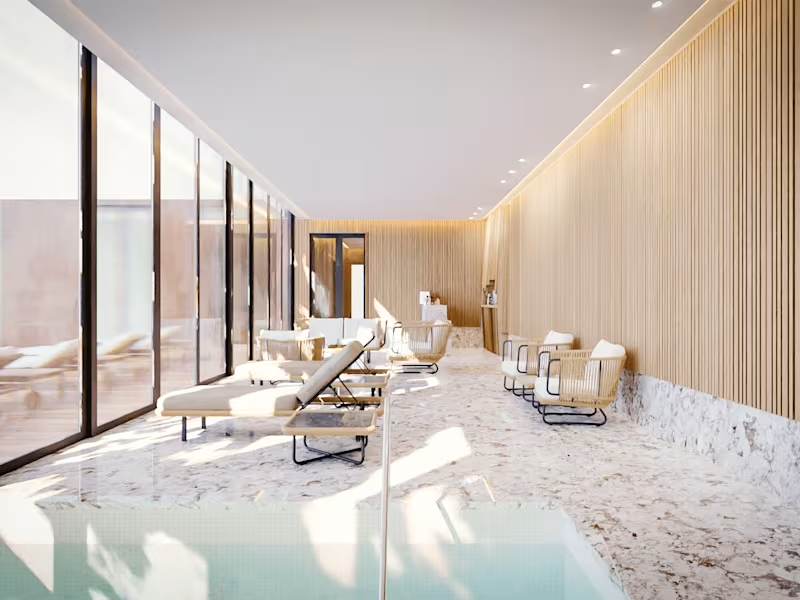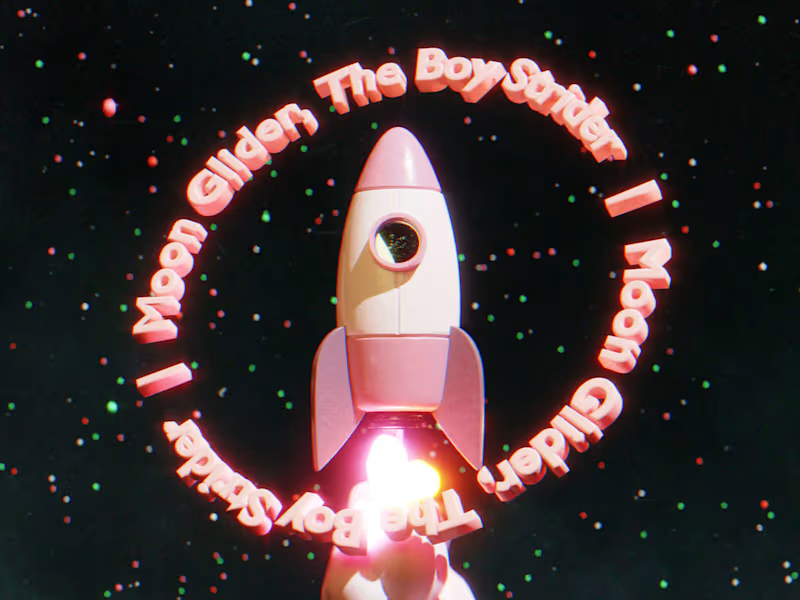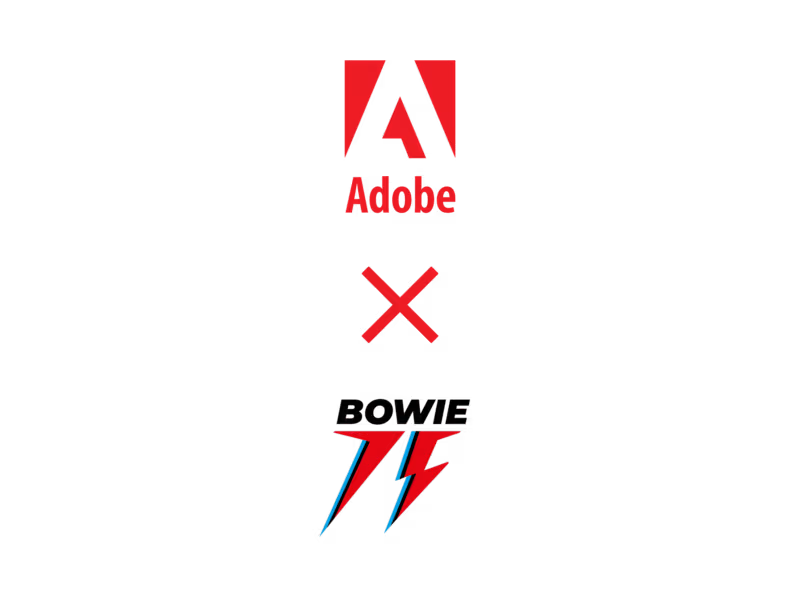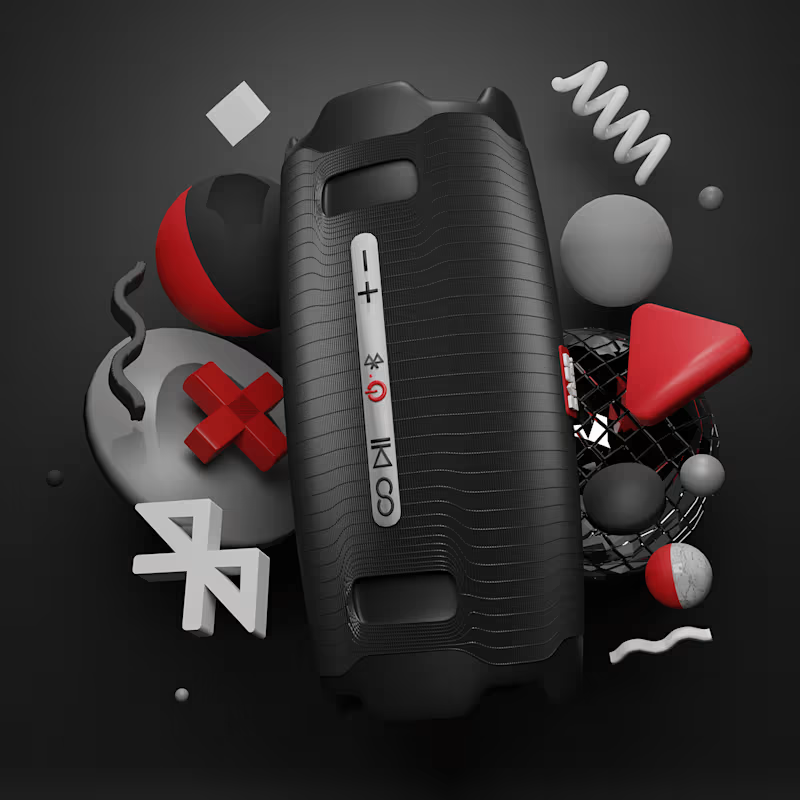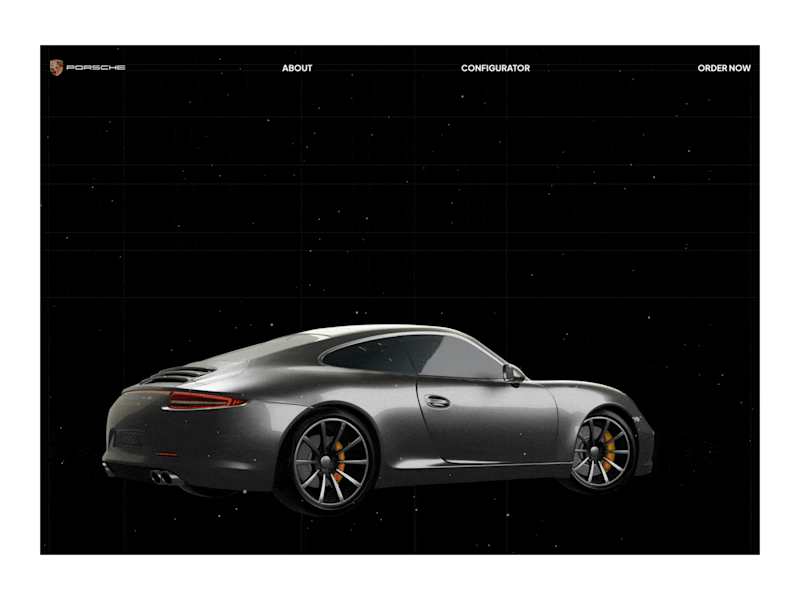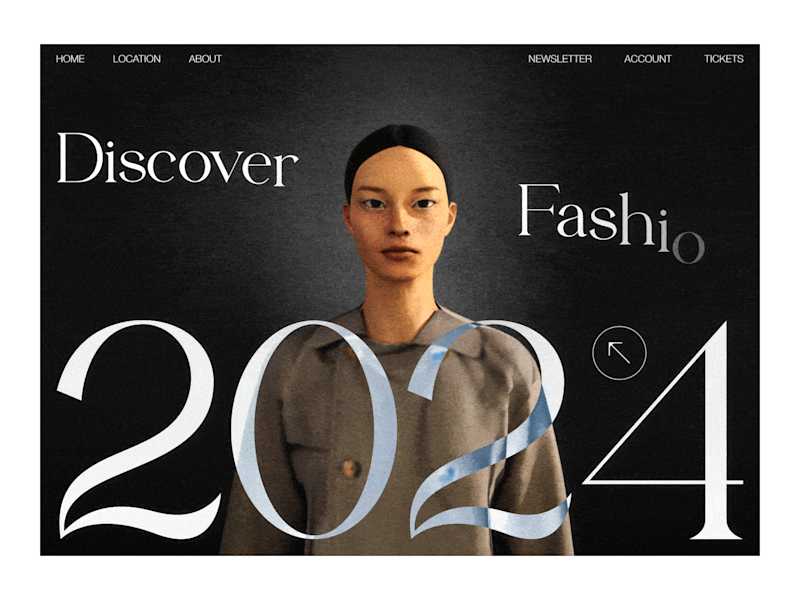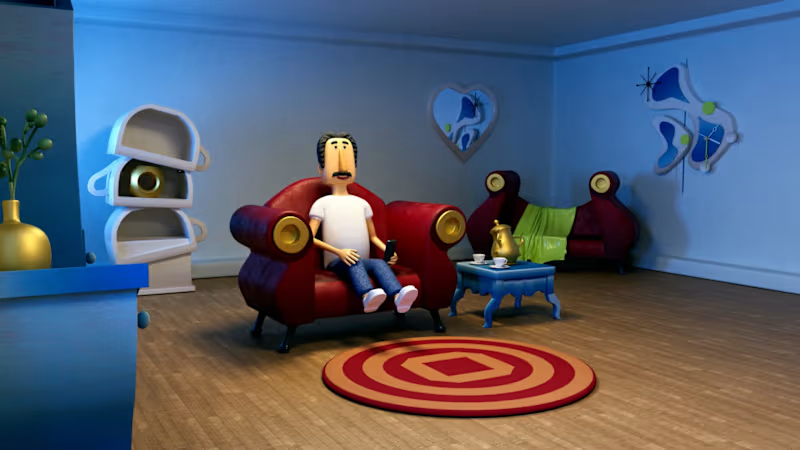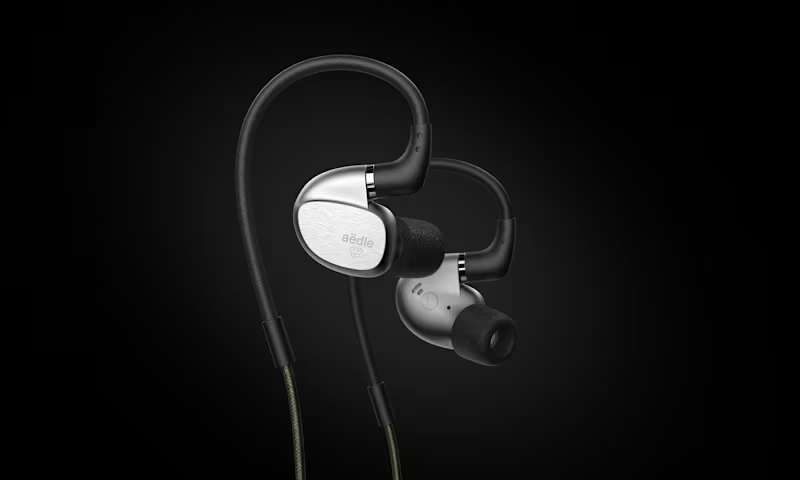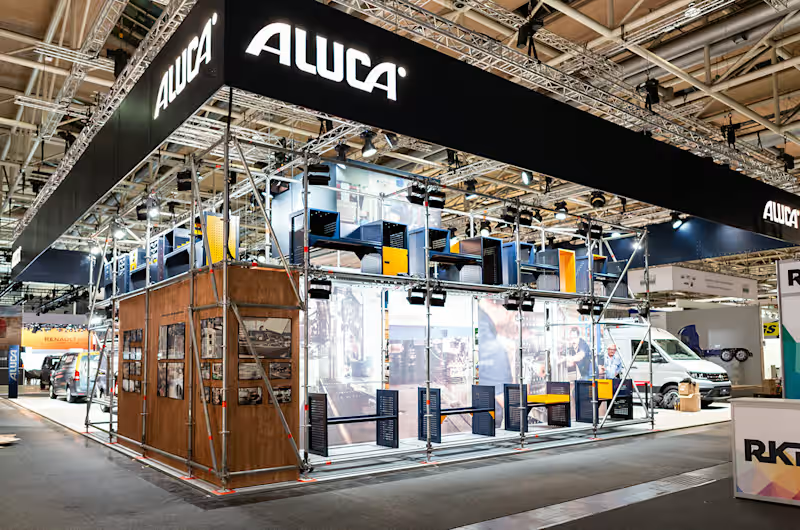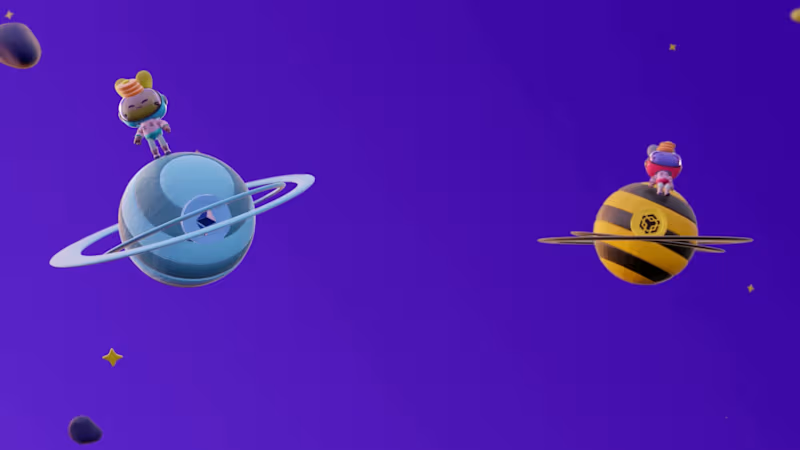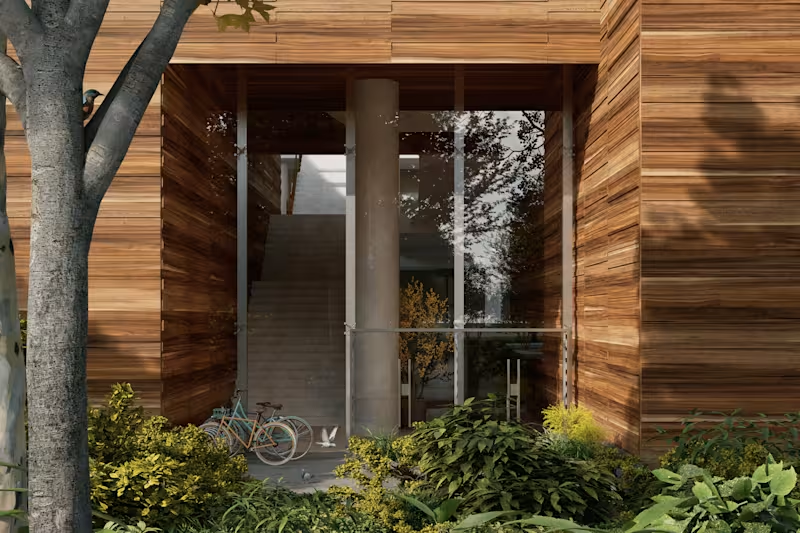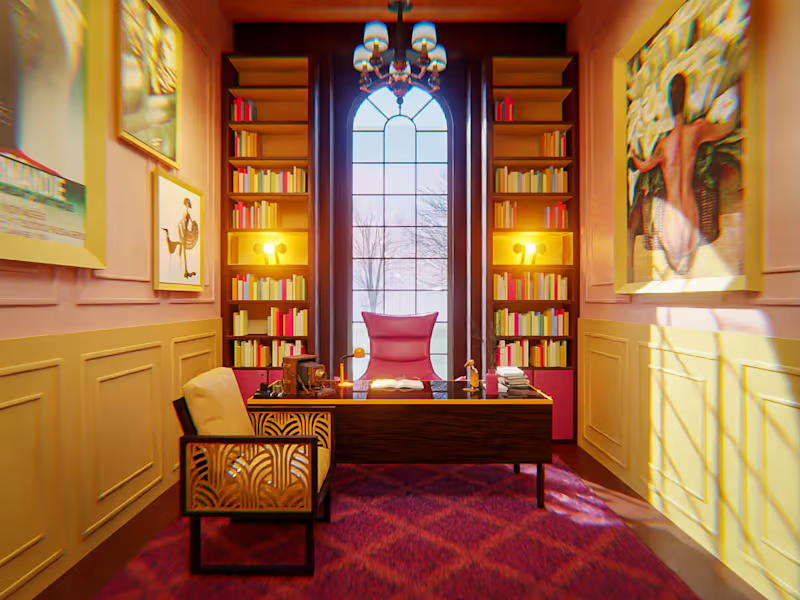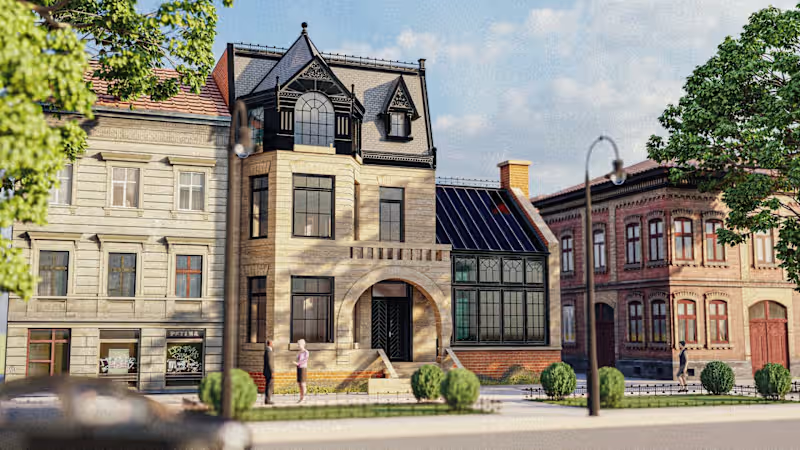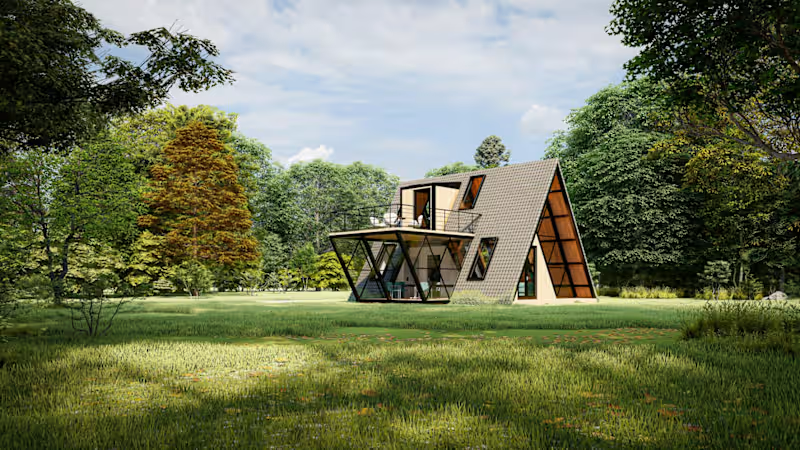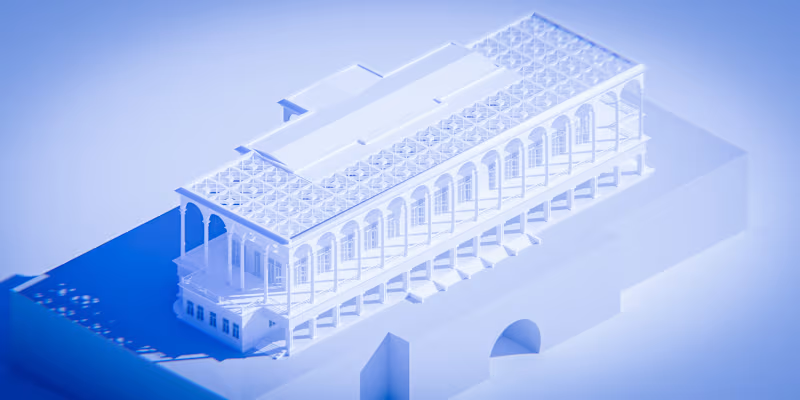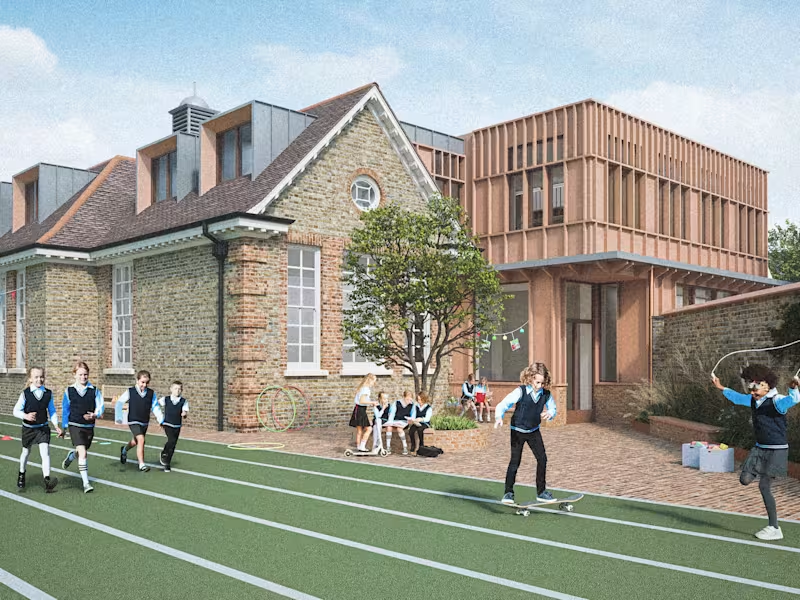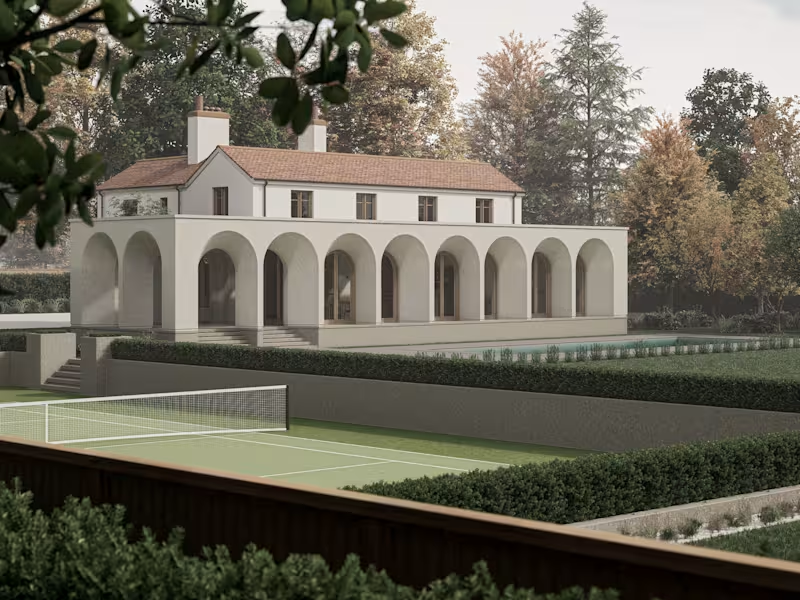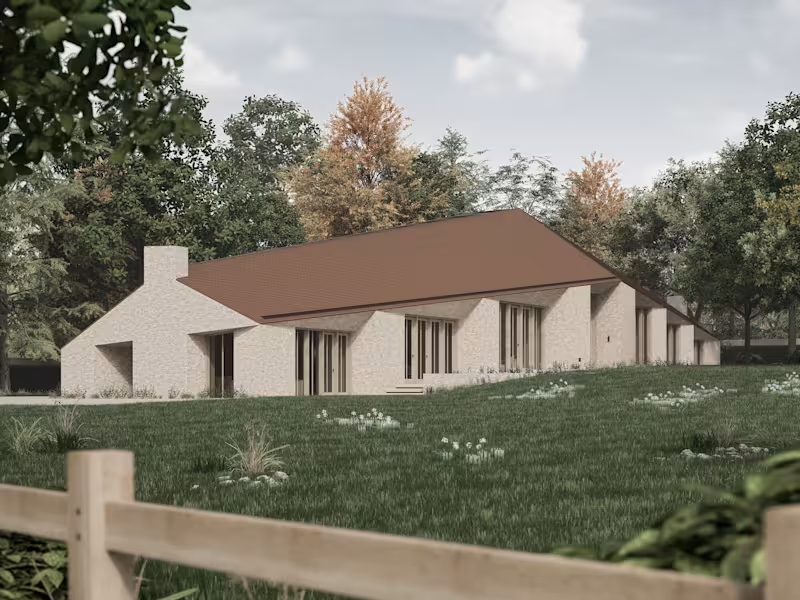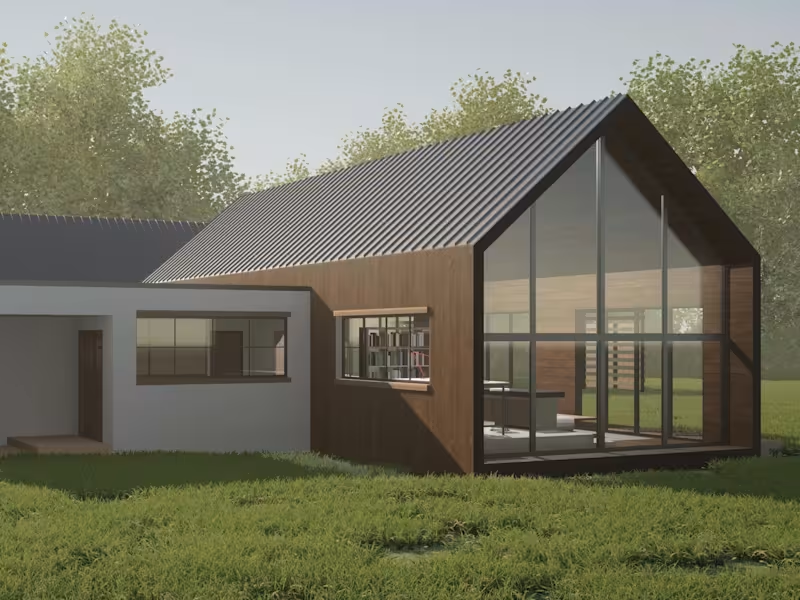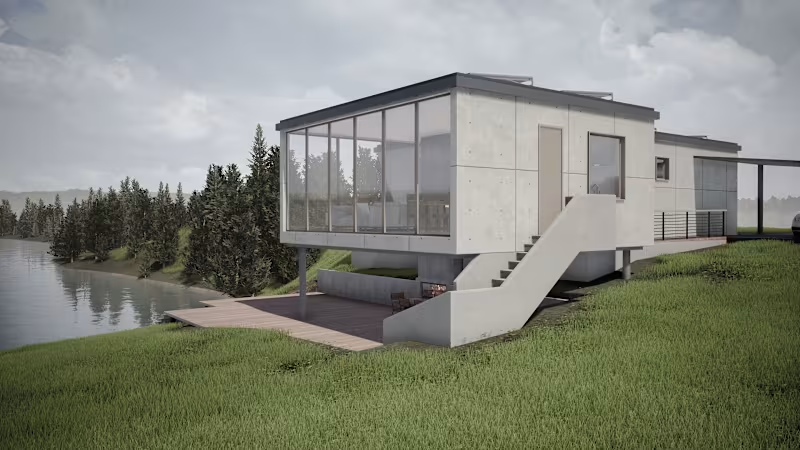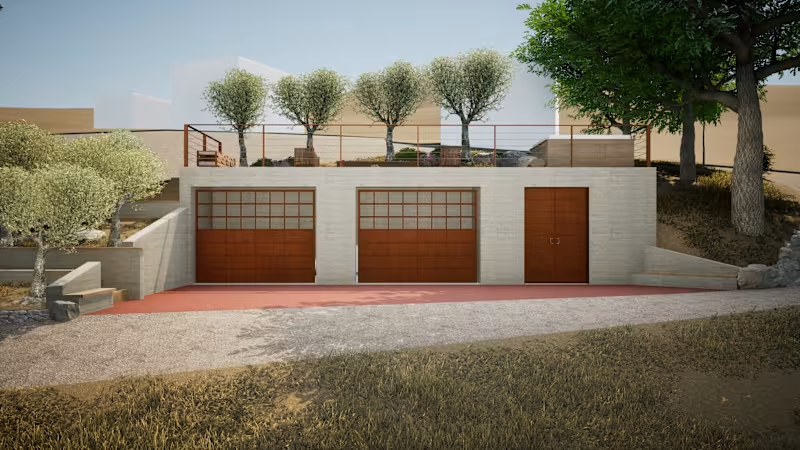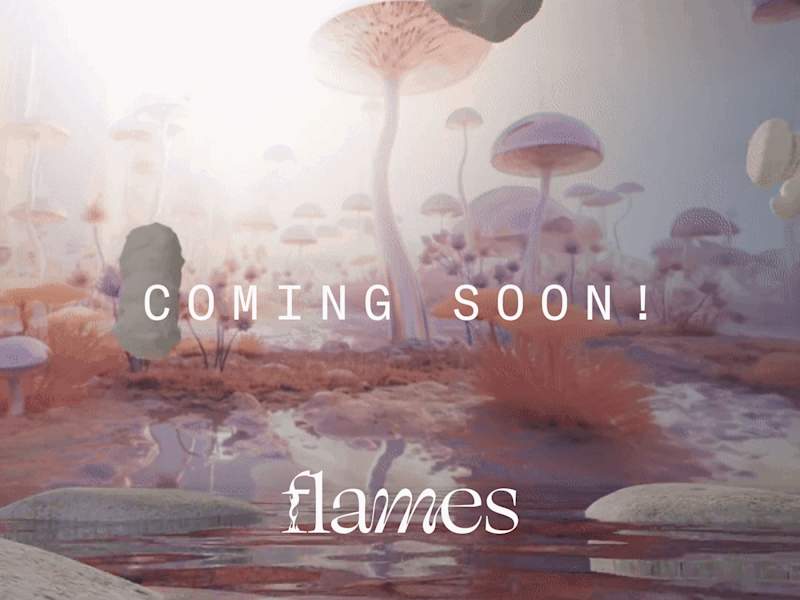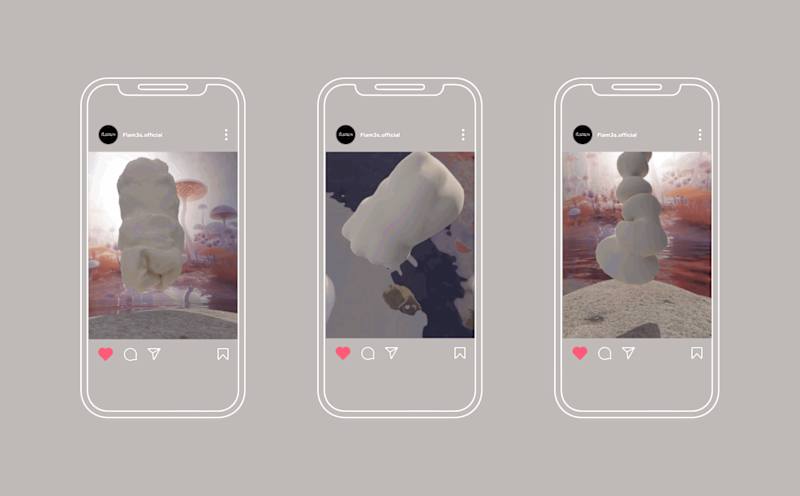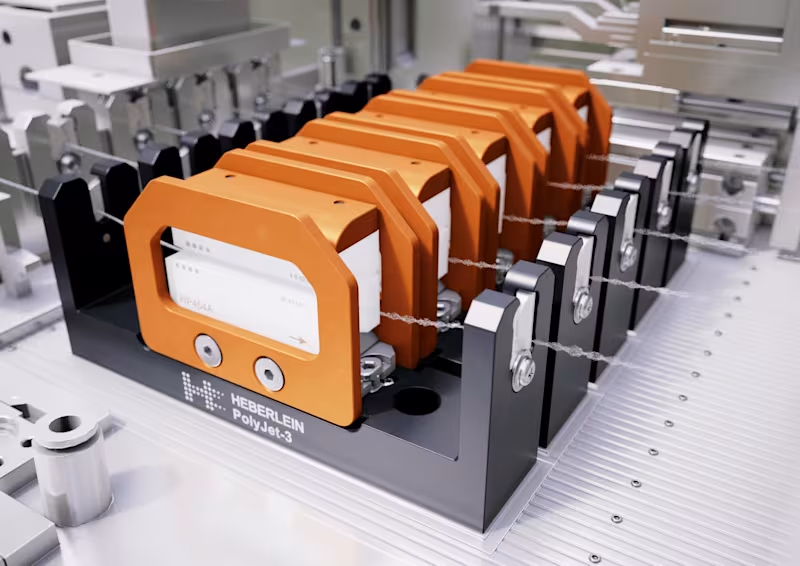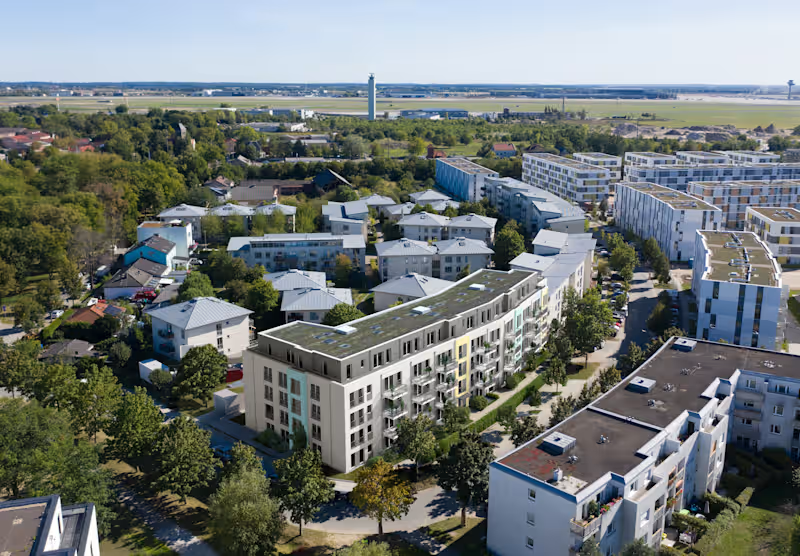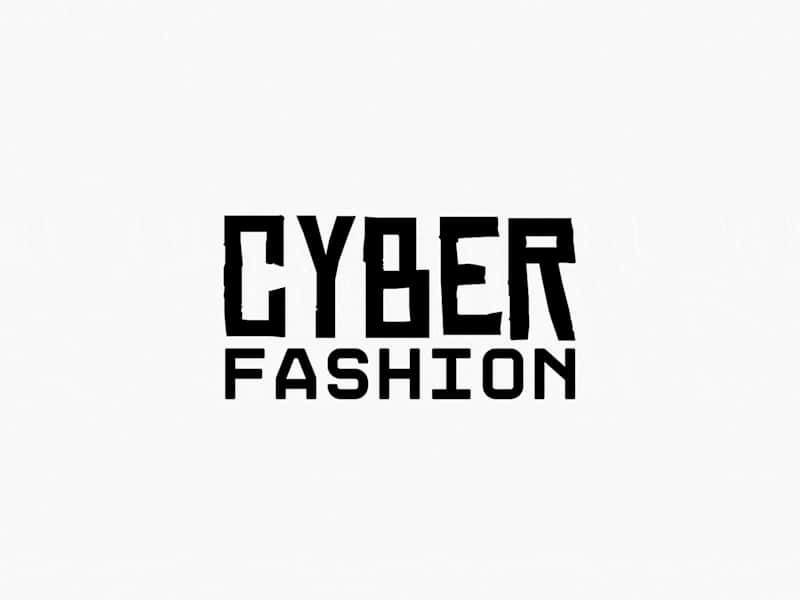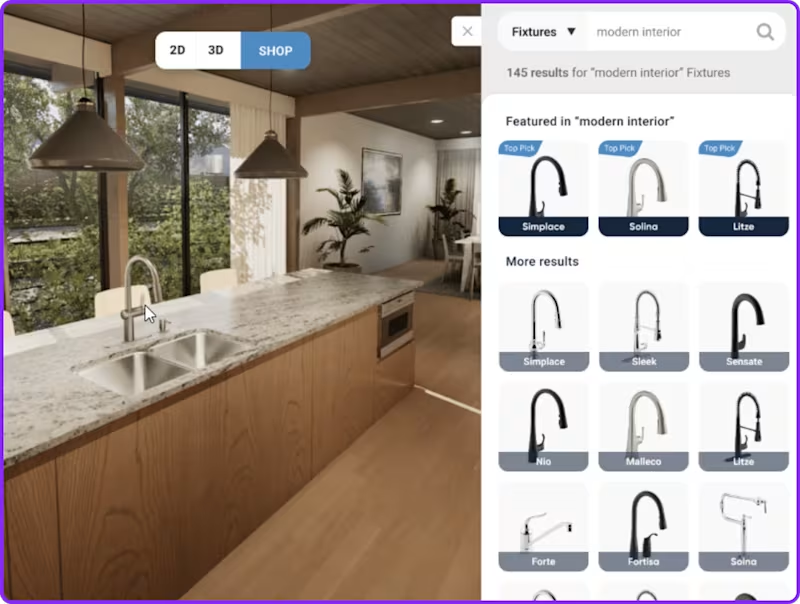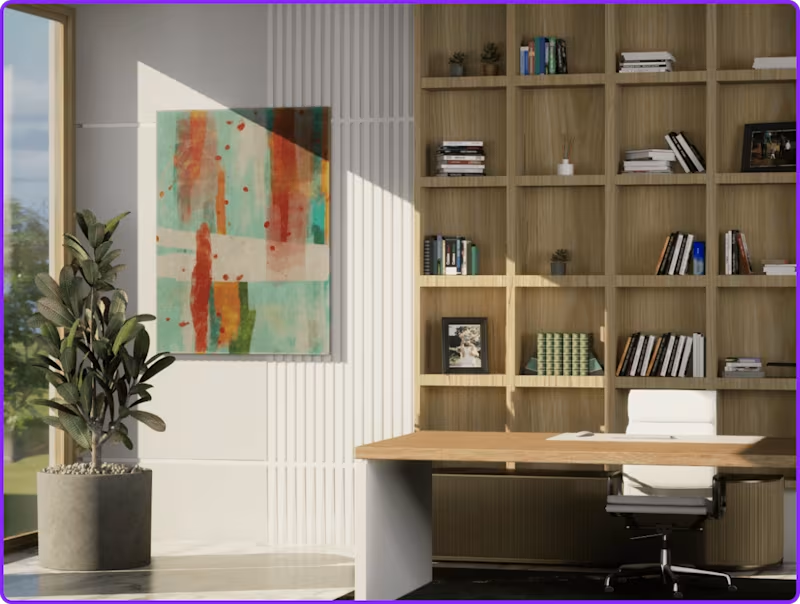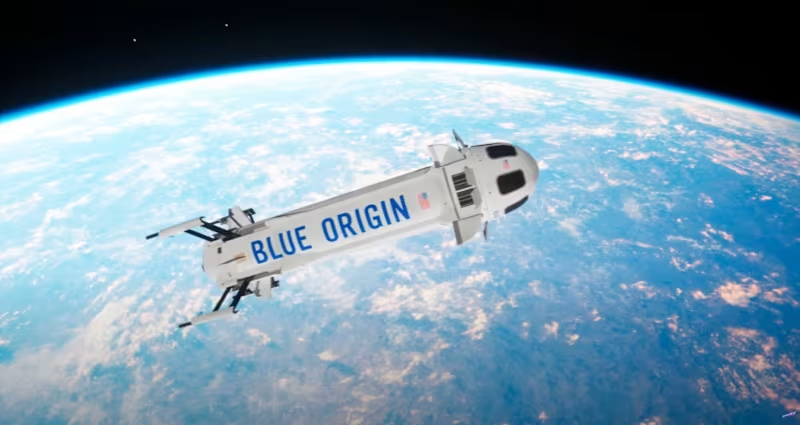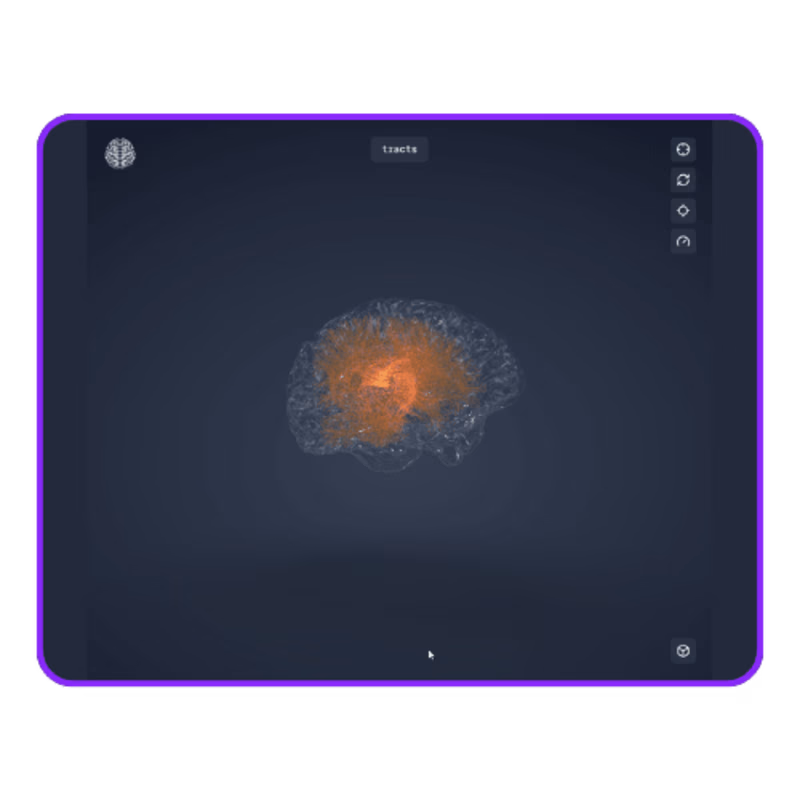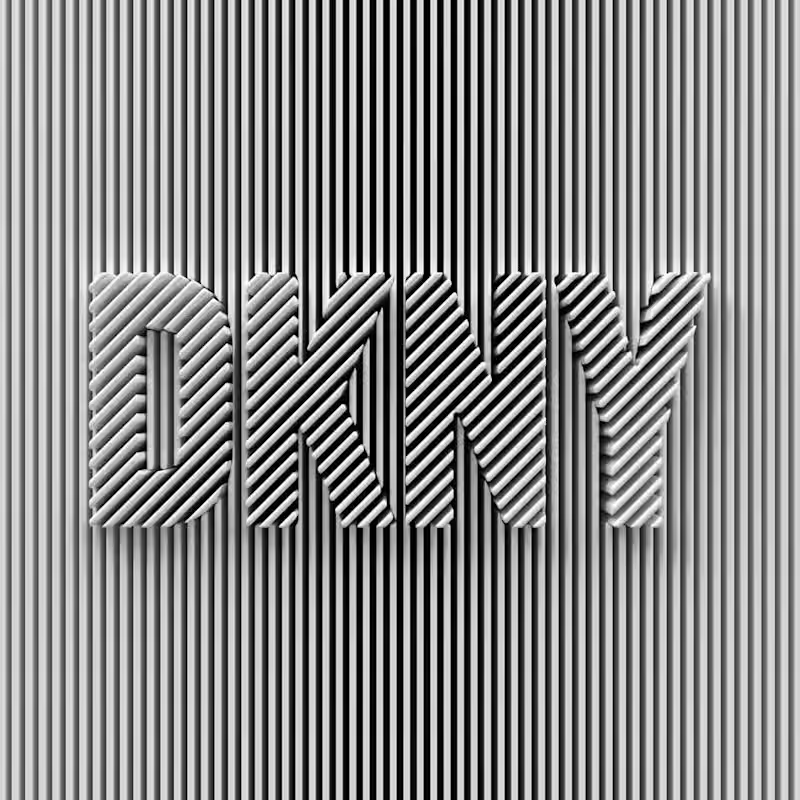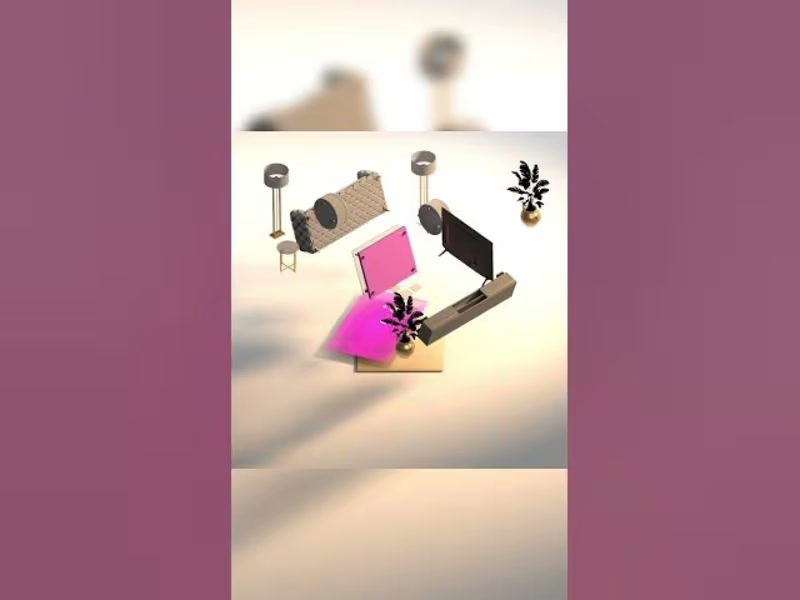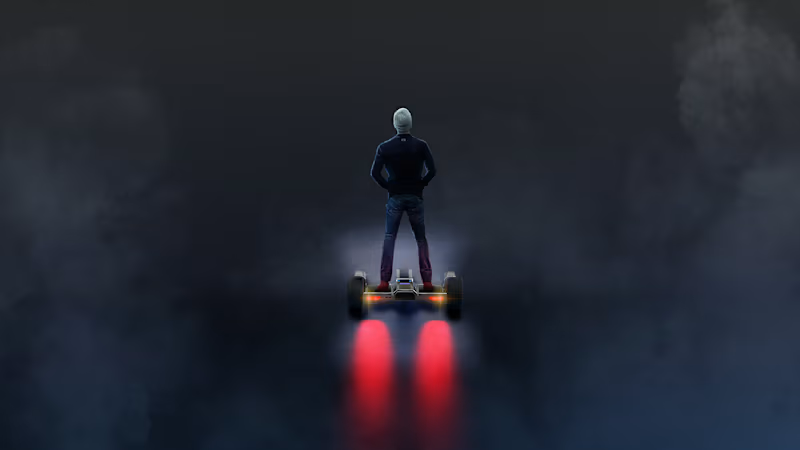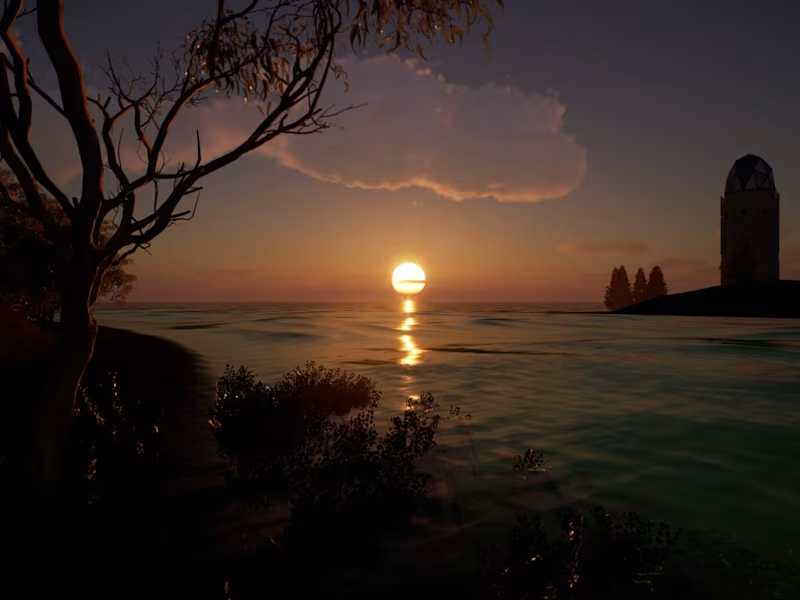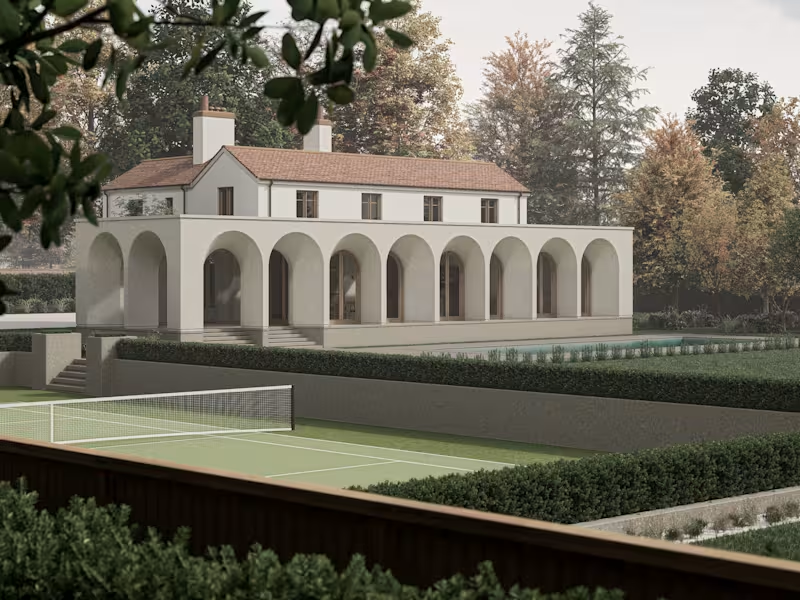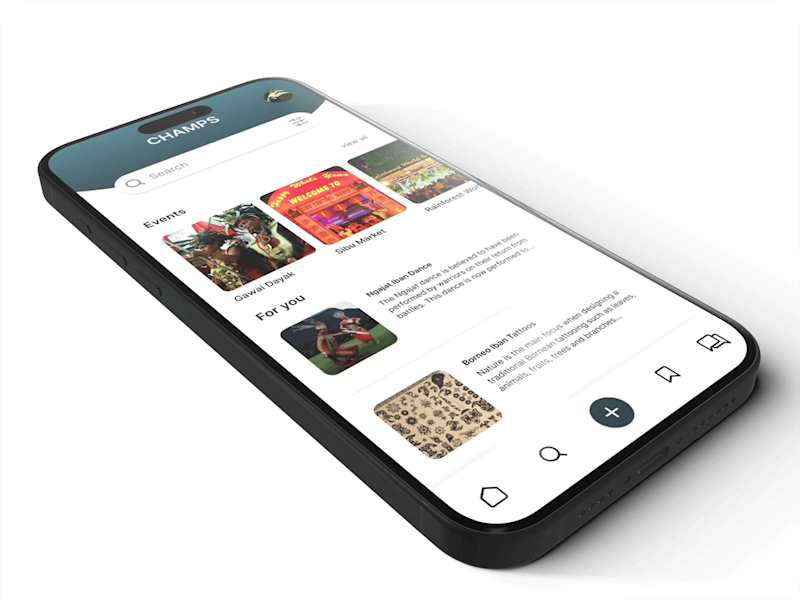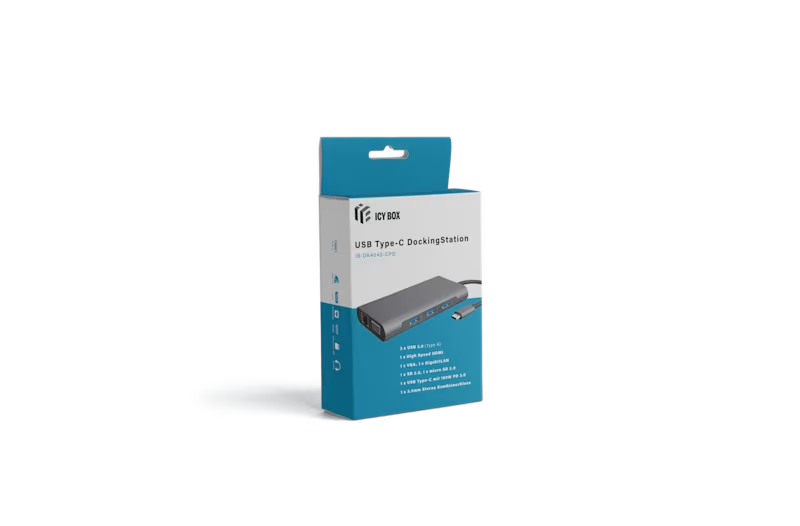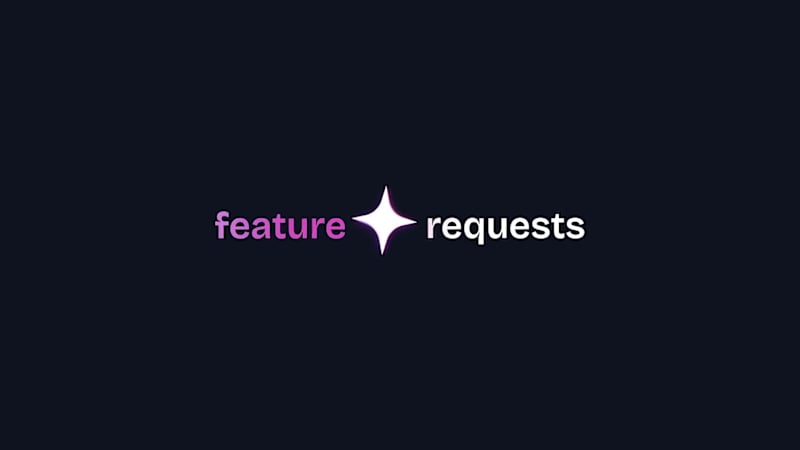What should I look for in a freelance 3D renderer's portfolio?
Check for previous 3D rendering projects similar to yours. Look for projects showcasing strong attention to detail and creativity. Make sure the 3D models appear realistic and professionally done.
How can I define the scope of my project clearly?
Write down everything you want in your 3D rendering project. Include specifics like design style, textures, colors, and sizes. Clear instructions make it easier to get what you want.
How do I ensure the project's timeline is realistic?
Start by figuring out your deadline and work backward. Break down the project into small steps and see how much time each takes. Check if the timeline matches the freelancer's availability.
How do I share my vision for the 3D render with the freelancer?
Use pictures, sketches, or mood boards to show your ideas. Write a brief note explaining what you envision. Clear communication helps the freelancer understand what you want.
What initial information should I prepare for the 3D renderer?
Gather any reference images, design files, or mood boards related to your project. Include any technical details or brand guidelines if needed. Providing complete information upfront helps start the project smoothly.
How can I agree on the final deliverables with the freelancer?
List all the output files you need, like renderings, animations, or source files. Clarify the format and resolution required. Clearly defined deliverables prevent misunderstandings later.
What should I do to make the onboarding process smooth?
Prepare all necessary documents, access logins, or files the renderer might need. Ensure you have a contact plan for regular updates. A smooth onboarding leads to a better project start.
How can I track the progress of the 3D rendering project?
Set up a schedule with regular check-ins to see updates. Use project management tools to keep things organized. Keeping track of progress ensures the project stays on course.
How can I help ensure the quality of the final output?
Provide detailed feedback and ask for test renders during the project. This helps catch any issues early on. Encouraging open communication ensures the best final result.
What is the best way to finalize and review the work?
Arrange a final review meeting to see all deliverables. Check if everything meets the agreed specifications. Discuss any tweaks before wrapping up to ensure satisfaction.
Who is Contra for?
Contra is designed for both freelancers (referred to as "independents") and clients. Freelancers can showcase their work, connect with clients, and manage projects commission-free. Clients can discover and hire top freelance talent for their projects.
What is the vision of Contra?
Contra aims to revolutionize the world of work by providing an all-in-one platform that empowers freelancers and clients to connect and collaborate seamlessly, eliminating traditional barriers and commission fees.
